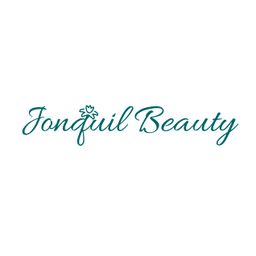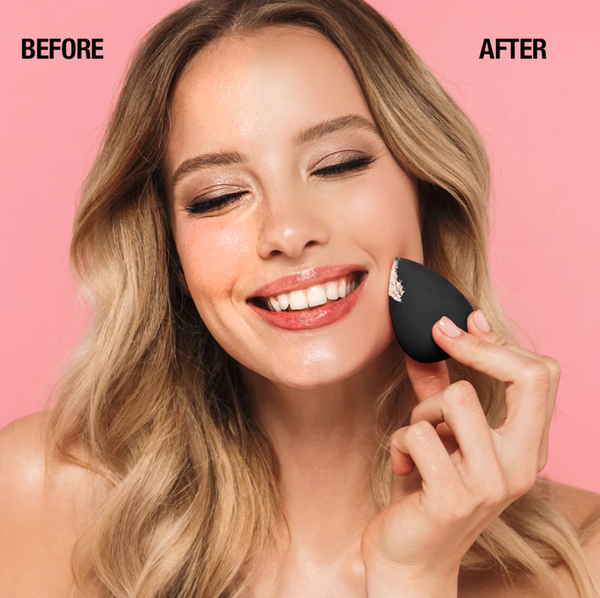The Truth About Toxic Ingredients in Beauty and Grooming
Exploring clean beauty/grooming and what "toxic ingredients" truly mean in this health-conscious context.

Welcome, dear Jonquil Beauty family!
Today, we're diving deep into the world of "clean beauty" and "clean grooming." If you've ever wondered what toxins or "toxic ingredients" really means in the context of these buzzwords, you've come to the right place.
Understanding 'Clean' in Beauty and Grooming
First, let's start by learning what the term 'Clean' truly means in this revolutionary world we live in.
"Clean" in beauty and grooming typically refers to products formulated without certain potentially harmful ingredients. As consumers become more educated about the products they use, they're increasingly looking for options that are not just effective, but also safe for their health and the environment.
Why the Shift Toward Clean Beauty and Grooming?
It's all about informed choices. With the vast amount of information available today, many consumers are choosing to reduce their exposure to certain chemicals, especially when the long-term effects are not fully known.
What Are Toxins and "Toxic Ingredients"?
In the realm of beauty and grooming, when we speak about toxins and "Toxic Ingredients", we're referring to substances that could potentially harm our body when absorbed. These can be synthetic or naturally occurring and might lead to skin irritation, allergies, hormonal imbalances, or more serious health concerns over time.
Top Toxins in Beauty and Grooming Products:
- Parabens (Methylparaben, Butylparaben, etc.): Used as preservatives in cosmetics. Concerns have risen about their potential to mimic estrogen in the body, which could influence hormonal balance.
- Phthalates: Often found in fragrances, nail polishes, and hair sprays. They're linked to endocrine disruption, developmental and reproductive toxicity.
- Formaldehyde and Formaldehyde-releasing agents: Used in hair straightening treatments, nail polishes, and some shampoos. It's a known carcinogen and can also cause skin irritation and allergies.
- Sodium Lauryl Sulfate (SLS) and Sodium Laureth Sulfate (SLES): Common in shampoos, body washes, and cleansers. These can cause skin and eye irritation.
- Synthetic fragrances: Used in a myriad of products. These can cause allergic reactions, dermatitis, respiratory distress, and potential effects on the reproductive system.
- Triclosan: Found in some toothpastes and antibacterial soaps. It's linked to hormone disruption.
- Talc: Used in powders and makeup. It has come under scrutiny due to contamination concerns with asbestos, a known carcinogen.
- Lead and other heavy metals: Present in some lipsticks and hair dyes. Lead is neurotoxic and can have adverse effects on the brain and nervous system.
- Mineral Oil: Derived from petroleum, it can clog pores and exacerbate acne.
- Oxybenzone and Octinoxate: Used in sunscreens. These can disrupt the endocrine system and are also not reef-safe, meaning they can harm marine life.
Why Should We Care?
Our skin, the body's largest organ, absorbs what we apply to it and what we consume. So, products containing harmful chemicals can actually enter our bloodstream.
This isn't to say that every synthetic ingredient is harmful. However, some ingredients, due to their potential risks, have become the focus of the clean beauty and grooming movement.
Clean Beauty and Grooming – The Takeaway
It's essential to remember that not every "chemical" is bad and not every "natural" ingredient is good.
When exploring clean beauty and grooming, don't be swayed solely by marketing claims. Look for transparent brands, read ingredient lists, and educate yourself on the potential benefits and drawbacks of specific ingredients.
And most importantly, listen to your body. If a product, whether deemed "clean" or not, causes irritation or doesn't feel right, it's essential to stop using it and consult with a skincare professional.
Remember, beauty and grooming should be a delightful experience, enhancing both your appearance and well-being. Choose products that align with your values, health priorities, and skin's needs. Stay gorgeous and informed! 💄🌿
We hope this blog post gives clarity on the topic of toxins in beauty and grooming products. Always research and choose products that align with your values and health concerns. It's also important to remember to seek the advice of a medical professional in the instance of an allergic or other unforeseen reaction on your skin or in your body.







